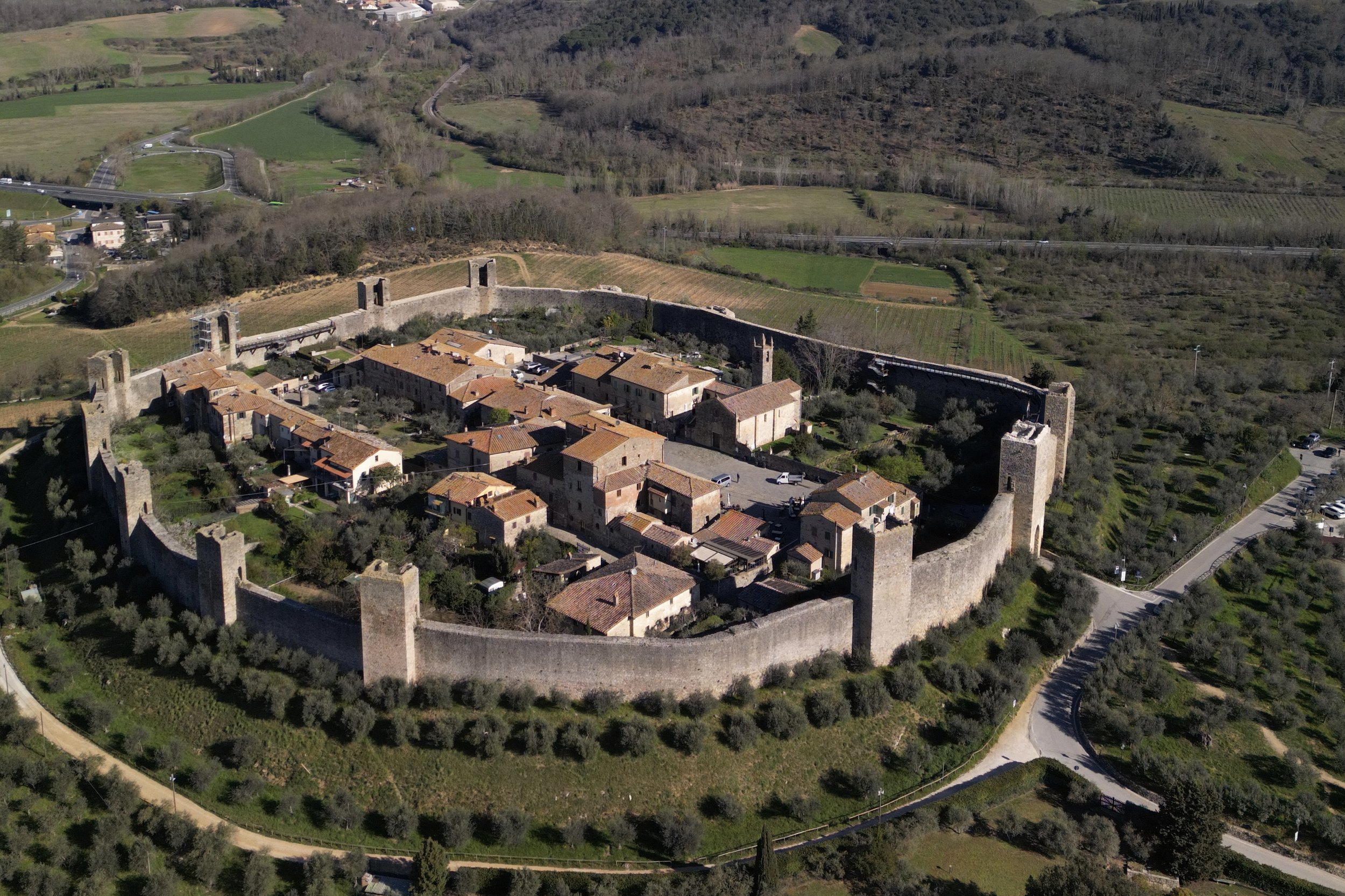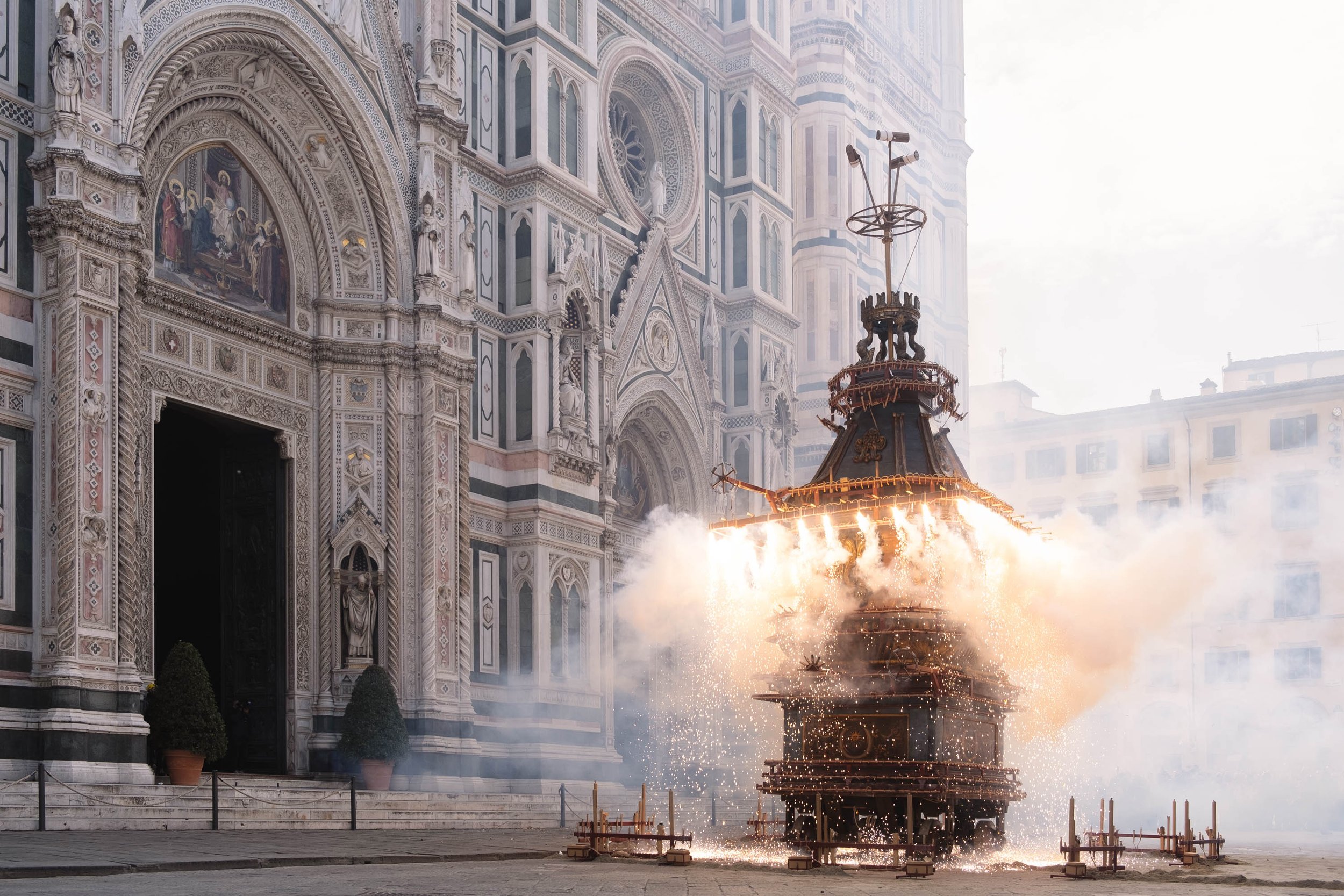Tuscany: a brief history lesson
When you think of Tuscany, the first images that come to mind are probably the region's rolling hills, cypress rows, green vineyards, and cities like Florence of Pisa. It should be enough to make you want to travel to this central Italian region.
Tuscany has an insanely rich history and has been home to many influential artists and scientists. Think of Dante Alighieri, Giovanni Boccaccio, Giotto, Brunelleschi, Leonardo da Vinci, Michelangelo, and Galileo Galilei. No wonder people regard Tuscany as the birthplace of the Italian Renaissance and as the foundation of the Italian language!
But how did Tuscany become such an influential region? To understand, we must go back in time and examine the region's history. In this post, I'll tell you more about different periods of history. This basic knowledge about the region's history will surely help you get the most out of your trip. So, let me take you back in time and talk you through Tuscany's history. Andiamo!
Image text
Etruscans
From the 10th century BC, the Etruscans began to settle on the Italian peninsula. Their civilization flourished in central Italy, specifically in the area that covered part of what are now Tuscany, Umbria, and Lazio. From the Etruscans, the area took the name of Etruria. Under the Romans the name was transformed into Tuscia, then changed again into Tuscania, and finally into Toscana.
The Etruscans were heavily influenced by the Ancient Greeks and are known mainly for their art, the implementation of agriculture, and the construction of the region's first road network.
Image text
Roman Empire
The Etruscan reign lasted until 351 BC, when Rome conquered them. The Roman Empire brought long-lasting peace (Pax Romana) to the region, as well as new technologies such as aqueducts and sewers. Former Etruscan settlements were colonized, and various new Roman towns were founded. The urban plan of these settlements was always the same and based on that of a military camp: square-shaped with streets organized in an orthogonal grid. In the case of a pre-existing, non-Roman town, the Romans usually redesigned the layout using the same principles.
If you look at the map of cities like Florence, Lucca, or Pistoia, you can still see the square grid of the original Roman town in the city center. Fascinating right?!
Image text
Middle Ages
In the 5th century, the Roman Empire collapsed. Subsequently, Tuscany had to deal with barbarian invasions, and the region went under the rule of the Ostrogoths and Byzantines.
By the 12th century, the area had lost its traditional unity. Most Tuscan cities gradually gained independence and were ruled by different aristocratic families.
The cities flourished, especially Florence, Siena, Lucca, and Pisa. The Florentines became the bankers of southern Europe while also excelling in other areas, such as silk production. Siena and Lucca became wealthy for their textile manufacturing as well. And at the same time, the Pisans benefited greatly from their location near the sea and maritime trade routes.
Image text
As you might have expected, the cities were constantly competing against each other, showing of their wealth and power. The fighting went on for about four centuries. The winner? Well.. the competition was mainly between Pisa and Florence. After Pisa lost the Battle of Meloria against Genoa, the city began to lose its power. Meanwhile, Florence used its wealth to buy up local towns such as Arezzo. This way, the Florentines gained enough regional strength to take Pisa under their control.
Renaissance period
One family that benefitted from Florence's growing wealth and power was the Medici family. The House of Medici was an Italian banking family that had made their initial wealth from trading textiles.
Image text
In 1397 Giovanni di Bicci de' Medici was the first Medici to enter banking on his own. This moment is often seen as the founding of the Medici Bank. Over time, the bank became one of Europe's most prosperous and respected institutions. It helped the Medici to acquire political power in Florence. In 1434, Giovanni's son, Cosimo the Elder, equally became the unofficial head of state of the Florentine republic.
Having Florence under their family's power, the Medici created an environment in which art and humanism flourished like never before or since. They laid the groundwork to make Florence an absolute cultural hotspot. Although the Renaissance was underway before the Medici family came to power, their political support and patronage of artists Leonardo da Vinci, Michelangelo, Raphael, and Brunelleschi helped catalyze the Renaissance.
Image text
Grand Duchy of Tuscany
Under the reign of Cosimo de' Medici, Florence expanded greatly. The city purchased the island of Elba and annexed the Republic of Siena. In the light of these expansions, Pope Pius V –Cosimo was one of his supporters– in 1569 declared Cosimo Grand Duke of Tuscany.
In 1737 the last Medici died, Gian Gastone, died and the House of Medici became extinct. Francis Stephen of Lorraine, a descendant of the Medici, succeeded the family. His descendants ruled the grand duchy until 1859 (except during the Napoleonic period).
Image text
Italian Republic
After the Second Italian War of Independence, a revolution evicted the last Grand Duke. Subsequently, a referendum was held in which 95% of voters approved joining the new Kingdom of Italy.
Four years later, in 1864, Florence became the capital of the Kingdom. This title only lasted until 1871, when Rome was declared the Kingdom's new capital. By this time, however, the Tuscan dialect and literature had already become the adopted Italian language.
Image text
With this brief history lesson in mind, you are ready to explore the region of Tuscany! Hopefully it will help you recognize traces from different periods of rulership.





